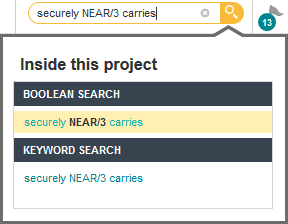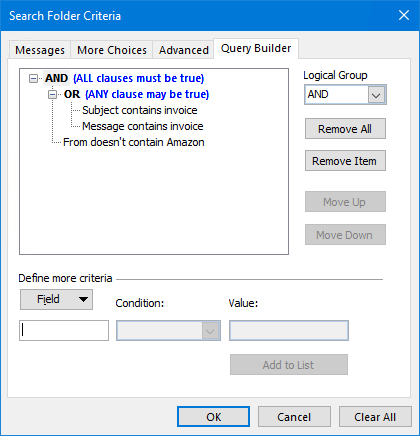

However, you can overrule these rules for specific search queries. Here's one example: (TITLE:“McDonalds” )īy default, each search query follows the general rules set up in the top menu (media types, languages, “more options”) etc. Currently only supported for news articles. TITLE - Will only return results if the keyword is found within the article title. Any term entered after this operator won't be included in the search results. The way this works is that at least one phrase is required, but that more than one (or all) can be returned.ĪND NOT - Narrow your search by excluding phrases. OR - Widen the search by including several possible phrases. By default, it is set to a distance of a maximum of 10 words, but you can define this by adding NEAR/15 if you want to widen the maximum distance to 15 words. But, whereas using the AND operator the two phrases could be anywhere in a text post, the NEAR operator defines the maximum number of phrases that can be between the different phrases. NEAR - Similar to AND, it defines that two or more phrases must be present in the results. You can use the following operators to create your search:ĪND - Used to define that two or more phrases must be present in the result. Please note that the relationship between each search query is inherently OR.

Single word terms can be entered without quotation marks, but phrases must be incapsulated within quotations (for example "Tesla Model S"). They are entered in the following order: (Keywords) AND (combinators) AND NOT (excluded). That means you can first search for a topic or brand containing certain words or phrases, and then create a new search within the search that searches for something completely different.Įach search string within a Boolean query can contain the same elements that make up a Keyword query: one or several keywords or phrases (required), a set of required combinators and a set of excluded terms. We have compiled a list of UI that users prefer.The main difference between a Boolean query and a Keyword query is that a Boolean query can contain an infinite number of "sub searches". Research on Kaleidoquery suggests some best practices for building boolean logic composers.

If your power users have to hunt around for query parameters, the query builder will just become another tool that’s too hard to use. Remember that query builders are one of the places where it makes sense to use an Advanced mode.
#Boolean search builder how to#
If you decide to use query builders for advanced users, be sure to document how to use them.

In some cases, they provide a way for a power user to get to a query that’s too complex for a user interface. In others, they provide a new way for a power user to get to a query. In many cases, the advanced modes are just a user interface for query parameters, which you can get to through the Advanced menu of a query builder. It makes sense to have these as canned or semi-canned queries that can be selected and specified easily while putting something like Kaleidoquery under Advanced for the rarer ad hoc querying. You’ll probably find that 90% of your users’ queries fit only a few patterns. Query builders are one of the few places where it makes sense to have separate Basic and Advanced modes.


 0 kommentar(er)
0 kommentar(er)
